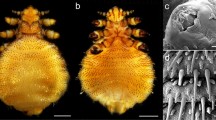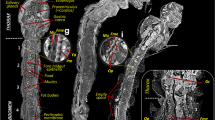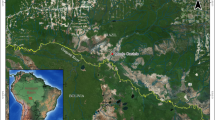Abstract
THE ravages of the shipworm, Teredo sp., particularly in warmer seas, are notorious. In order to combat these attacks several methods of control are in use. The pretreatment of timber by creosote, preferably under pressure, is normally recommended, though other compounds have also been employed.
This is a preview of subscription content, access via your institution
Access options
Subscribe to this journal
Receive 51 print issues and online access
$199.00 per year
only $3.90 per issue
Buy this article
- Purchase on Springer Link
- Instant access to full article PDF
Prices may be subject to local taxes which are calculated during checkout
Similar content being viewed by others
References
Isham, L. B., Moore, Hilary B., and Walton Smith, F. G., “Bulletin of Marine Science of the Gulf and Caribbean”, 1, No. 2, 136 (1951).
Attwood, W. D., and Johnson, A. A., “Marine Structures: their Deterioration and Preservation”, Fig. 13, p. 28 (National Research Council, Washington, D.C., 1924).
Author information
Authors and Affiliations
Rights and permissions
About this article
Cite this article
CRISP, D., JONES, L. & WATSON, W. Use of X-Ray Stereoscopy for examining Shipworm Infestation in vivo. Nature 172, 408–409 (1953). https://doi.org/10.1038/172408b0
Issue Date:
DOI: https://doi.org/10.1038/172408b0
This article is cited by
Comments
By submitting a comment you agree to abide by our Terms and Community Guidelines. If you find something abusive or that does not comply with our terms or guidelines please flag it as inappropriate.



